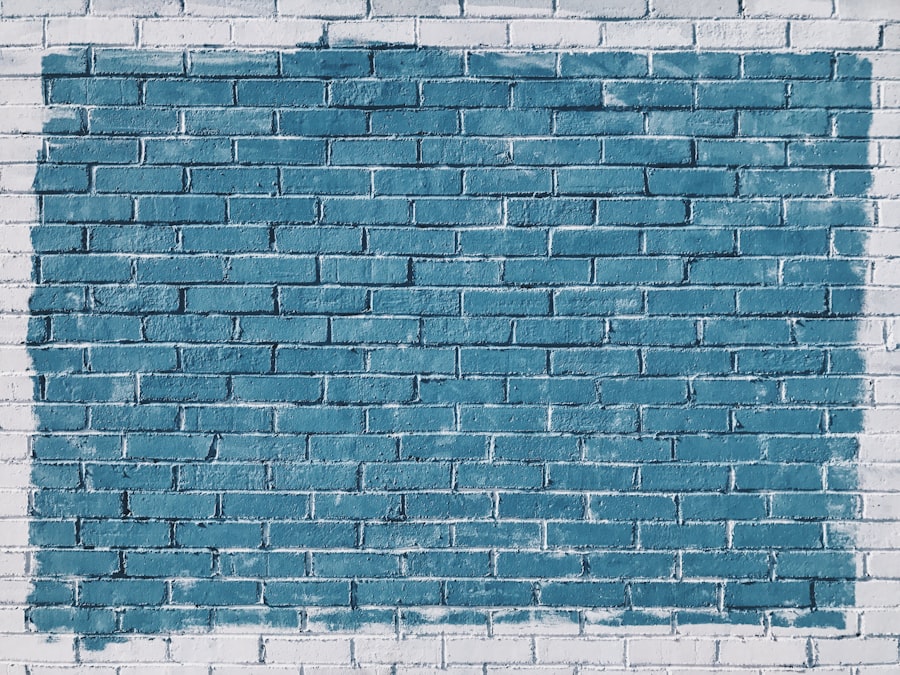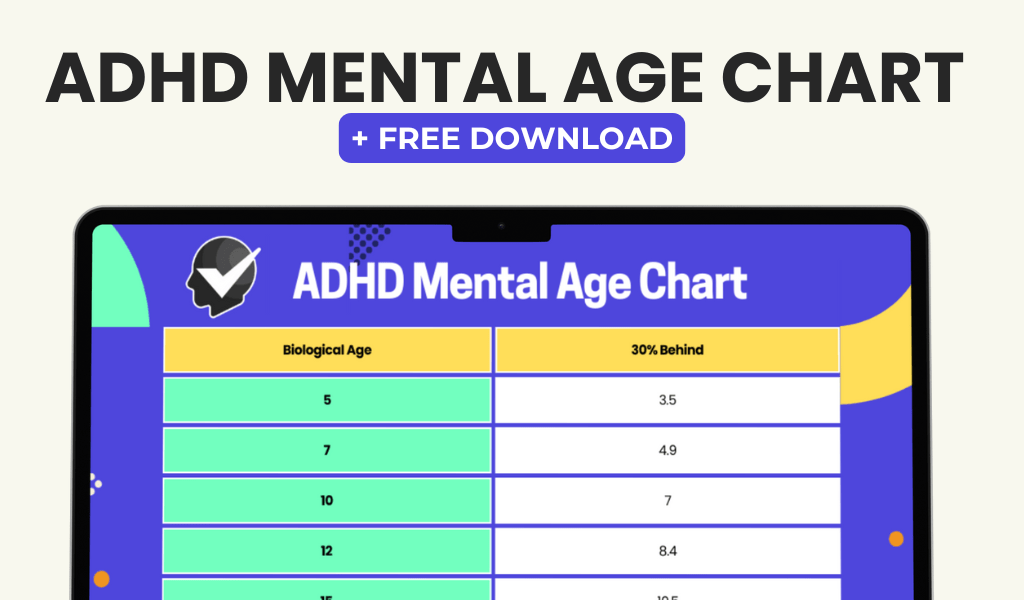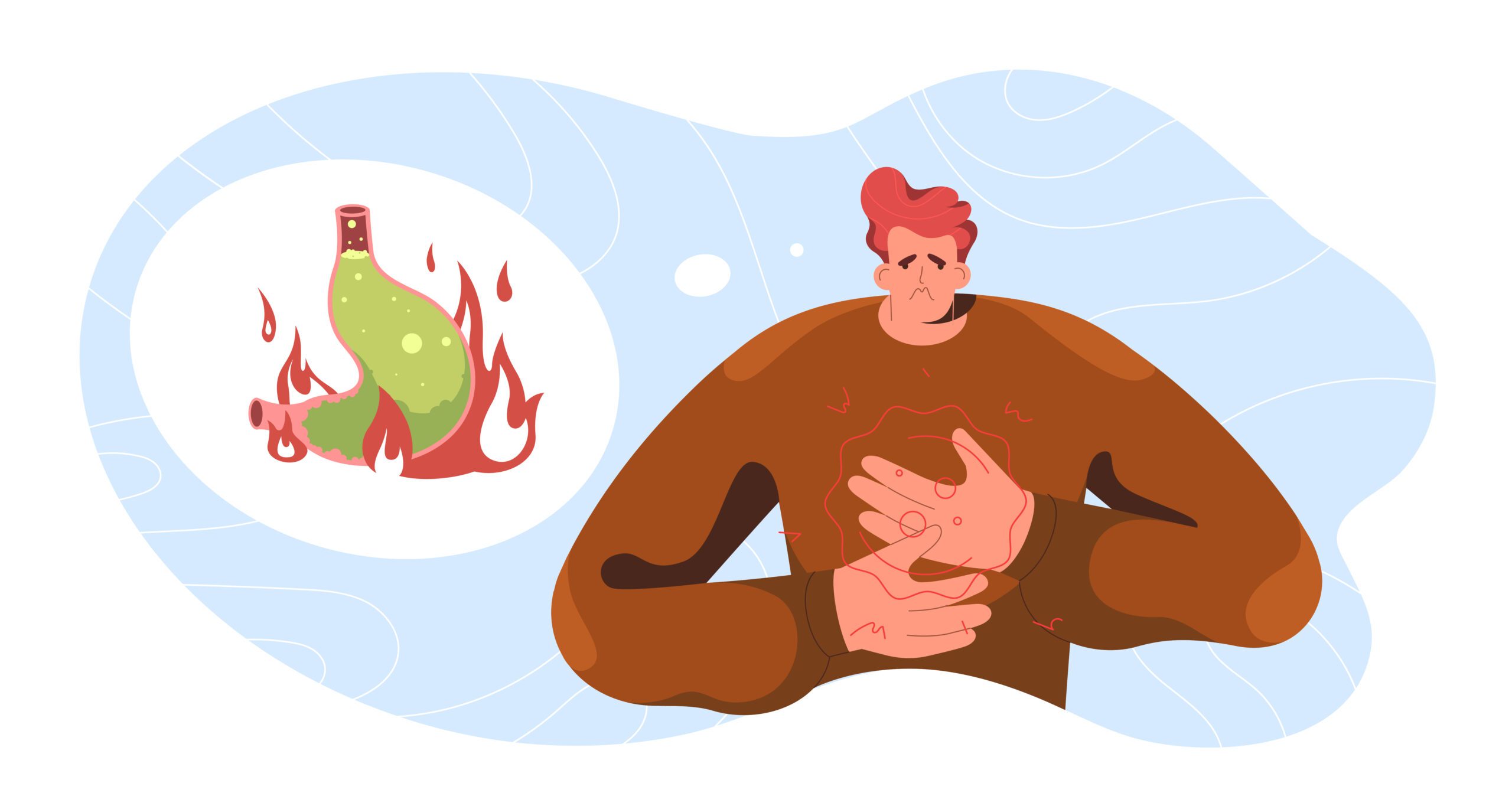ADHD, or Attention Deficit Hyperactivity Disorder, is a neurodevelopmental condition affecting both children and adults. It is characterized by persistent patterns of inattention, hyperactivity, and impulsivity that interfere with daily functioning and development. Individuals with ADHD may experience difficulties in sustaining attention, organizing tasks, and regulating behavior, which can impact their performance in academic, professional, and social settings.
In children, ADHD symptoms often manifest as academic struggles, social challenges, and disruptive behaviors. Adults with ADHD may face difficulties in maintaining relationships, managing time effectively, and fulfilling work responsibilities. The disorder can significantly affect quality of life and lead to frustration for both those diagnosed and their families.
ADHD presents on a spectrum, with varying combinations and severities of symptoms among individuals. Some may primarily exhibit inattentive symptoms, while others may predominantly display hyperactive-impulsive behaviors. Additionally, ADHD frequently co-occurs with other conditions such as anxiety disorders, depression, and specific learning disabilities, which can complicate diagnosis and treatment.
It is crucial to understand that ADHD is a recognized neurobiological disorder, not a result of lack of discipline or willpower. Proper diagnosis, treatment, and support are essential for managing ADHD symptoms and improving overall functioning.
Key Takeaways
- ADHD is characterized by symptoms such as inattention, hyperactivity, and impulsivity, which can pose challenges in daily life.
- Weighted blankets work by providing deep touch pressure, which can help calm the nervous system and improve focus and relaxation in individuals with ADHD.
- Using a weighted blanket can lead to improved sleep, reduced anxiety, and better mood regulation for individuals with ADHD.
- When choosing a weighted blanket for ADHD, it’s important to consider the individual’s body weight and size to ensure the right amount of pressure is applied.
- Weighted blankets can be used as a complementary therapy for ADHD, alongside other treatments such as medication and therapy, to help manage symptoms and improve overall well-being.
The Science Behind Weighted Blankets and ADHD
The Science Behind Deep Touch Pressure Stimulation
The concept of deep touch pressure stimulation is based on the idea that gentle pressure on the body can increase the release of serotonin and dopamine, neurotransmitters that play a role in regulating mood and behavior.
Promising Research Findings
Research on the use of weighted blankets for ADHD is still emerging, but some studies have shown promising results. A 2014 study published in the Journal of Sleep Medicine & Disorders found that participants who used a weighted blanket experienced improved sleep quality and reduced levels of anxiety. Since sleep disturbances and anxiety are common co-occurring symptoms in individuals with ADHD, these findings suggest that weighted blankets may have potential benefits for managing ADHD symptoms.
Expanding the Benefits to Other Settings
Additionally, a 2015 study published in the Journal of Occupational Therapy in Mental Health found that children with ADHD who used weighted vests showed improvements in attention and on-task behavior during classroom activities. While this study focused on weighted vests rather than blankets, it provides further support for the potential benefits of deep touch pressure stimulation for individuals with ADHD.
Benefits of Weighted Blankets for ADHD Symptoms

The use of weighted blankets for individuals with ADHD may offer several potential benefits. One of the primary benefits is the calming effect of deep touch pressure stimulation, which can help reduce feelings of restlessness and hyperactivity. Many individuals with ADHD struggle with sensory processing issues and may find it difficult to regulate their responses to sensory stimuli.
The gentle pressure provided by a weighted blanket can help create a sense of grounding and stability, which may in turn help individuals with ADHD feel more focused and less overwhelmed by sensory input. In addition to promoting relaxation and reducing feelings of anxiety, weighted blankets may also help improve sleep quality for individuals with ADHD. Many people with ADHD experience difficulties with sleep, including insomnia, restless sleep, and frequent waking during the night.
By providing gentle pressure and promoting a sense of security, weighted blankets may help individuals with ADHD fall asleep more easily and stay asleep throughout the night. Improved sleep quality can have a positive impact on overall mood, attention, and cognitive functioning. Furthermore, the use of weighted blankets may help individuals with ADHD manage their emotions more effectively.
The calming effect of deep touch pressure stimulation can help reduce feelings of agitation and impulsivity, allowing individuals to approach challenging situations with greater composure and self-control. By providing a sense of comfort and security, weighted blankets may help individuals with ADHD feel more grounded and centered, which can be particularly beneficial during times of stress or overstimulation.
How to Choose the Right Weighted Blanket for ADHD
When selecting a weighted blanket for someone with ADHD, it’s important to consider several factors to ensure that the blanket is safe and effective. The first consideration is the weight of the blanket. As a general guideline, the blanket should weigh approximately 10% of the individual’s body weight.
For example, a child weighing 50 pounds would typically benefit from a 5-pound weighted blanket. It’s important to avoid using a blanket that is too heavy, as this can be uncomfortable and potentially unsafe. Another important factor to consider is the size of the blanket.
The blanket should cover the individual’s body without hanging over the edges of the bed or couch. This helps ensure that the deep touch pressure stimulation is evenly distributed across the body, maximizing the calming effects of the blanket. The materials used to fill the weighted blanket are also important to consider.
Many weighted blankets are filled with glass beads or plastic pellets, which provide the necessary weight for deep touch pressure stimulation. It’s important to choose a blanket with durable materials that are securely sewn into individual pockets to prevent shifting and uneven distribution of weight. Finally, it’s important to consider the individual preferences of the person using the weighted blanket.
Some individuals may prefer a blanket with a soft, plush cover, while others may prefer a cooler, breathable fabric. Taking into account personal preferences can help ensure that the individual feels comfortable and at ease while using the weighted blanket.
Using Weighted Blankets as a Complementary Therapy for ADHD
Weighted blankets can be used as a complementary therapy to support individuals with ADHD in managing their symptoms. While weighted blankets are not a replacement for evidence-based treatments such as medication and behavioral therapy, they can be a valuable addition to a comprehensive treatment plan for ADHD. One way to incorporate weighted blankets into a treatment plan for ADHD is to use them during times when individuals may benefit from additional sensory input or calming support.
For example, using a weighted blanket during quiet activities such as reading or watching television can help promote relaxation and focus. Additionally, using a weighted blanket during bedtime can help improve sleep quality and promote feelings of security and comfort. It’s important to note that while weighted blankets may offer benefits for managing symptoms of ADHD, they are not a one-size-fits-all solution.
Some individuals with ADHD may find weighted blankets to be helpful in certain situations but not in others. It’s important to consider individual preferences and responses when incorporating weighted blankets into a treatment plan.
Incorporating Weighted Blankets into ADHD Treatment Plans

Here is the rewritten text with 3-4 Collaboration with Healthcare Professionals
When incorporating weighted blankets into treatment plans for individuals with ADHD, it’s essential to do so in collaboration with healthcare professionals such as pediatricians, psychiatrists, or occupational therapists. These professionals can provide guidance on how to best integrate weighted blankets into an individualized treatment plan based on the specific needs and preferences of the person with ADHD.
Using Weighted Blankets in Structured Settings
In addition to using weighted blankets at home, some schools and therapy centers may also offer weighted blankets as part of sensory rooms or relaxation spaces for individuals with ADHD and other sensory processing challenges. These environments provide opportunities for individuals to use weighted blankets in a supportive and structured setting under the guidance of trained professionals.
Monitoring and Adjusting
It’s important to monitor the individual’s response to using a weighted blanket and make adjustments as needed based on their feedback and experiences. Some individuals may benefit from using a weighted blanket consistently throughout the day, while others may find it helpful only during specific times or activities.
Optimizing Weighted Blanket Use
By working closely with healthcare professionals and paying attention to individual responses, it’s possible to optimize the use of weighted blankets as part of a comprehensive treatment plan for ADHD.
ADHD Testing and Monitoring Progress with Weighted Blankets
When using weighted blankets as part of a treatment plan for ADHD, it’s important to monitor progress and assess the impact of the blankets on symptoms over time. This can be done through regular check-ins with healthcare professionals who are familiar with the individual’s history and treatment plan. One way to monitor progress is through objective measures such as tracking changes in sleep patterns, attention span, and emotional regulation while using a weighted blanket.
Keeping a journal or log of observations can provide valuable insights into how the individual is responding to the use of a weighted blanket and whether any adjustments are needed. In addition to tracking subjective experiences, it’s also important to consider feedback from caregivers, teachers, or other individuals who interact with the person with ADHD on a regular basis. These perspectives can offer valuable insights into changes in behavior, mood, and overall functioning that may be related to the use of a weighted blanket.
Ultimately, monitoring progress with weighted blankets involves taking a holistic approach that considers both objective measures and subjective experiences. By doing so, it’s possible to gain a comprehensive understanding of how weighted blankets are impacting symptoms of ADHD and make informed decisions about how to best support the individual’s ongoing needs. In conclusion, weighted blankets have shown promise as a non-pharmacological intervention for managing symptoms of ADHD.
By providing deep touch pressure stimulation, these blankets may offer benefits such as promoting relaxation, improving sleep quality, and helping individuals manage their emotions more effectively. When incorporating weighted blankets into treatment plans for ADHD, it’s important to consider factors such as weight, size, materials, and individual preferences to ensure safety and effectiveness. By working closely with healthcare professionals and monitoring progress over time, it’s possible to optimize the use of weighted blankets as part of a comprehensive approach to managing symptoms of ADHD.
If you’re interested in learning more about ADHD and how it can be diagnosed, you may want to check out this article on ADHD Testing. This website provides valuable information on the testing process and the benefits of early diagnosis for individuals with ADHD. Understanding the diagnosis process can help individuals and their families better navigate the challenges of living with ADHD and explore potential treatment options, such as the use of weighted blankets.
FAQs
What is ADHD?
ADHD stands for Attention Deficit Hyperactivity Disorder, which is a neurodevelopmental disorder that affects both children and adults. It is characterized by symptoms such as inattention, hyperactivity, and impulsivity.
How do weighted blankets work?
Weighted blankets work by providing deep touch pressure, which is a form of tactile sensory input that has a calming and organizing effect on the nervous system. This can help reduce anxiety, improve relaxation, and promote better sleep.
Do weighted blankets help with ADHD?
Some individuals with ADHD may find that using a weighted blanket can help reduce restlessness, improve focus, and promote a sense of calm. However, the effectiveness of weighted blankets can vary from person to person.
Are there any studies supporting the use of weighted blankets for ADHD?
While there is limited scientific research specifically focused on the use of weighted blankets for ADHD, there is evidence to suggest that deep touch pressure can have a positive impact on symptoms related to ADHD, such as hyperactivity and sensory processing issues.
Are there any potential risks or drawbacks to using weighted blankets for ADHD?
Some individuals with ADHD may find the added weight of a blanket uncomfortable or restrictive. It’s important to use weighted blankets under the guidance of a healthcare professional, especially for individuals with certain medical conditions or sensory sensitivities.
How do I choose the right weighted blanket for ADHD?
When choosing a weighted blanket for ADHD, it’s important to consider factors such as the individual’s body weight, personal preferences for fabric and texture, and the recommended weight of the blanket based on guidelines from occupational therapists or healthcare providers.














